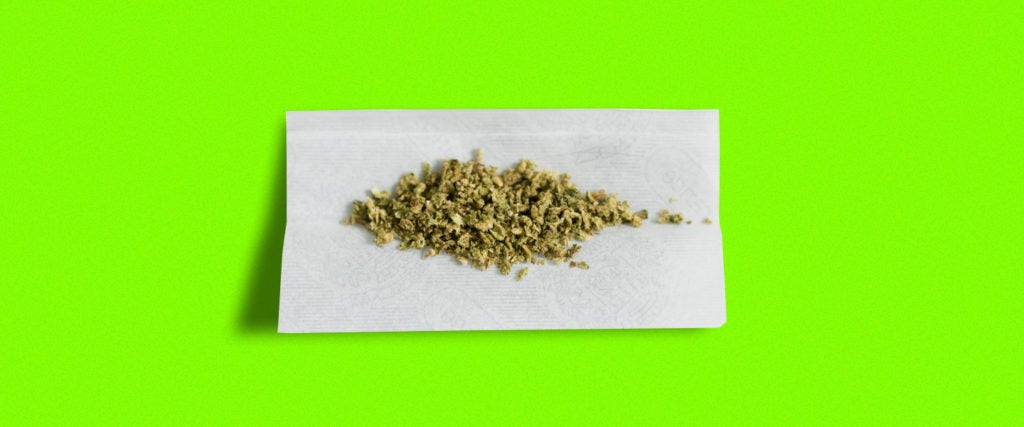I understand counterfeit Gucci bags and fake Yeezys, items that are both limited and expensive, but never would I have expected to worry about phony rolling papers landing in my weed stash. But a recent streak of police raids, civil suits and product seizures indicates that stoners (and tobacco smokers) everywhere should keep a bloodshot eye out for fraudulent papers.
Republic Tobacco, a multinational wholesaler, distributor and retailer of tobacco and tobacco accessories, including rolling papers, has been at war against fake papers since before the pandemic, working with federal and state law enforcement agencies to stop them from spreading. “The bad guys don’t stop, so we won’t stop — ever,” said Republic Tobacco CEO Don Levin in a recent statement. “Even at a time like this when an international crisis has essentially lowered the gates on most cities and significantly slowed many businesses, we won’t quit doing everything within our power to stop those who seek to profit from selling counterfeit products.” Along those lines, in July, a Nevada judge granted fines of more than $800,000 against a Chinese company for selling counterfeit versions of Republic Tobacco papers.
This kind of thing — monumental seizures, costly judgements and federal prison sentences related to counterfeit rolling papers — has been going on for years in the U.S. and beyond. All the way back in 2005, a man pleaded guilty to “conspiracy and trafficking in counterfeit goods for a five-year scheme to sell counterfeit Zig-Zag cigarette papers that cost the real distributor $1.8 million.” The scheme involved printing fake covers then smuggling them into Mexico, where prison laborers repackaged them with fake rolling papers, then reselling them in the U.S.
The problem is so prevalent that many of the largest rolling paper manufacturers — RAW, Empire Rolling, Zig-Zag — have portions of their websites specifically devoted to encouraging the reporting of fakes.
But as consumers, how worried should we be about counterfeit papers? Like, are they less good for smoking? “Counterfeit rolling papers most likely contain additives, such as non-plant materials and synthetic dyes, that aren’t meant to be ignited or inhaled,” says Meital Anderson, a 2019 Budtender Awards finalist who knows her way around rolling papers. “Smoking those additives can introduce materials into our bodies that aren’t only toxic, but can cause certain diseases, like cancer. I can only assume counterfeit rolling papers don’t go through the necessary guidelines and testing requirements.”
Normally, rolling papers are made from rice, hemp or wood pulp, plus an adhesive tree sap, like gum arabic, so you can roll them up all nice. But counterfeits can be treated with chlorine bleach to lighten the color and may contain petroleum-based adhesives, neither of which are good for your lungs.
Plus, Anderson says the fakes make for a worse sesh. “Although a lot of counterfeit papers seem very similar to the authentic brands, quality is the most prominent difference,” she says. “I found counterfeit rolling papers burned faster and didn’t seal as well as the authentic rolling papers normally would. The cost may differ as well; if the store is aware that the rolling papers are counterfeit but they couldn’t pass up the deal, they would be able to offer them at a discounted rate.”
If for this reason alone, the real brands have an interest in keeping counterfeits off the market to maintain the good image of their legit papers. “Purchasing counterfeit rolling papers, whether you’re aware of it or not, can also put a damper on the authentic brands,” says Anderson.
How to Spot Fake Rolling Papers
So, how do we spot the fakes? “Getting familiar with the watermarks and quality of each brand can help the average consumer identify counterfeit rolling papers,” Anderson says. Much like how a fake Gucci bag can have symmetry issues and shoddy authentication stamps, counterfeit rolling papers may have botched watermarks and typos on the packaging. Rolling paper manufacturers are also pretty good about spreading the word on how to spot fakes. For instance…
Or if your weed seems to be burning quicker than normal lately, you may not be experiencing weed-induced paranoia, after all.

